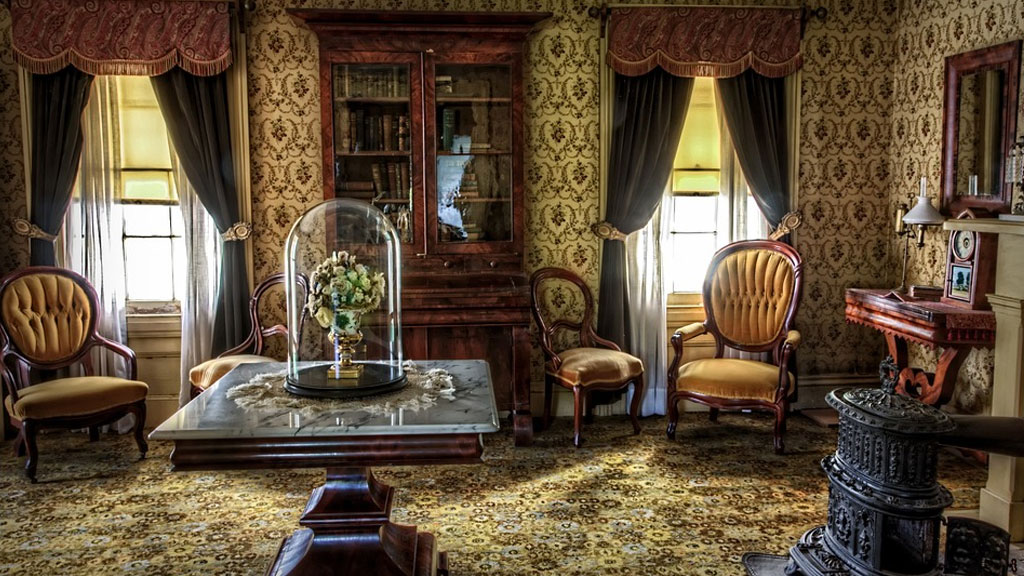Introduction: Interior design is a fascinating and dynamic field that blends creativity, functionality, and aesthetics. If you have a passion for creating inviting, beautiful spaces and a keen eye for detail, an interior designing course might be your gateway to a fulfilling and creative career. In this blog, we will explore the captivating world of interior designing courses, their significance, what you can expect to learn, and how to embark on your journey to become a skilled interior designer.
1. The Art of Interior Designing
- Functional Aesthetics: Understand that interior design is about making spaces not only visually appealing but also practical and functional.
- Personal Expression: Recognize the power of interior design in reflecting one’s personality and style within a space.
2. Choosing the Right Interior Designing Course
- Diverse Specializations: Explore the various interior designing programs available, from residential and commercial design to sustainable and universal design.
- Accreditation and Recognition: Select a course offered by an accredited institution, ensuring your certification is recognized within the interior design industry.
3. Core Components of Interior Designing Courses
- Space Planning: Master the art of arranging furniture, accessories, and creating layouts that optimize space.
- Color Theory and Schemes: Learn the psychology of color, how to choose color schemes, and apply them effectively in interior design.
- Material Selection: Gain expertise in selecting materials, fabrics, and finishes that complement the design vision.
- Furniture and Fixture Design: Understand how to choose or design furniture and fixtures that fit the design concept.
- Lighting Design: Discover how to use lighting to create ambiance and enhance the overall design.
4. Practical Experience and Internships
- Hands-On Learning: Many interior designing courses offer internships, allowing you to apply your skills under the guidance of experienced designers.
- Building a Portfolio: Create a portfolio showcasing your work, which is a powerful tool for attracting clients or potential employers.
5. Navigating the Business Side of Interior Design
- Client Consultations: Learn to understand and meet client needs through effective consultations.
- Budgeting and Project Management: Gain insights into project management, budgeting, and time management.
- Marketing and Branding: Discover how to market your services, build a personal brand, and establish a strong online presence.
6. Staying Up-to-Date with Trends
- Continuous Learning: Stay current with the latest interior design trends and techniques by committing to ongoing education.
- Innovations in Interior Design: Keep an eye on emerging technologies, sustainable practices, and products that are transforming the industry.
7. Ethical and Professional Conduct
- Client Relations: Learn how to build positive relationships with clients, ensuring their satisfaction and trust.
- Sustainability and Ethical Design: Understand the importance of eco-friendly and sustainable design practices.
8. The Future of Interior Design
- Sustainability and Green Design: Stay informed about the growing demand for environmentally friendly and sustainable design.
- Technological Integration: Embrace emerging technologies and tools that enhance the design and presentation of interior spaces.
Conclusion: Interior design is not just a career; it’s a journey of creating beautiful, functional, and harmonious living and working spaces. Enrolling in an interior designing course is your first step towards turning your passion into a rewarding and creative profession. Whether you aspire to work in residential design, commercial spaces, or specialize in eco-friendly and sustainable design, the interior design industry offers an abundance of opportunities. As you embark on your journey, remember that every space you design is an opportunity to make a positive impact on people’s lives and enhance the beauty and functionality of their surroundings. Your future as an interior designer is a canvas waiting to be adorned with your creativity, expertise, and the transformative power of design.

